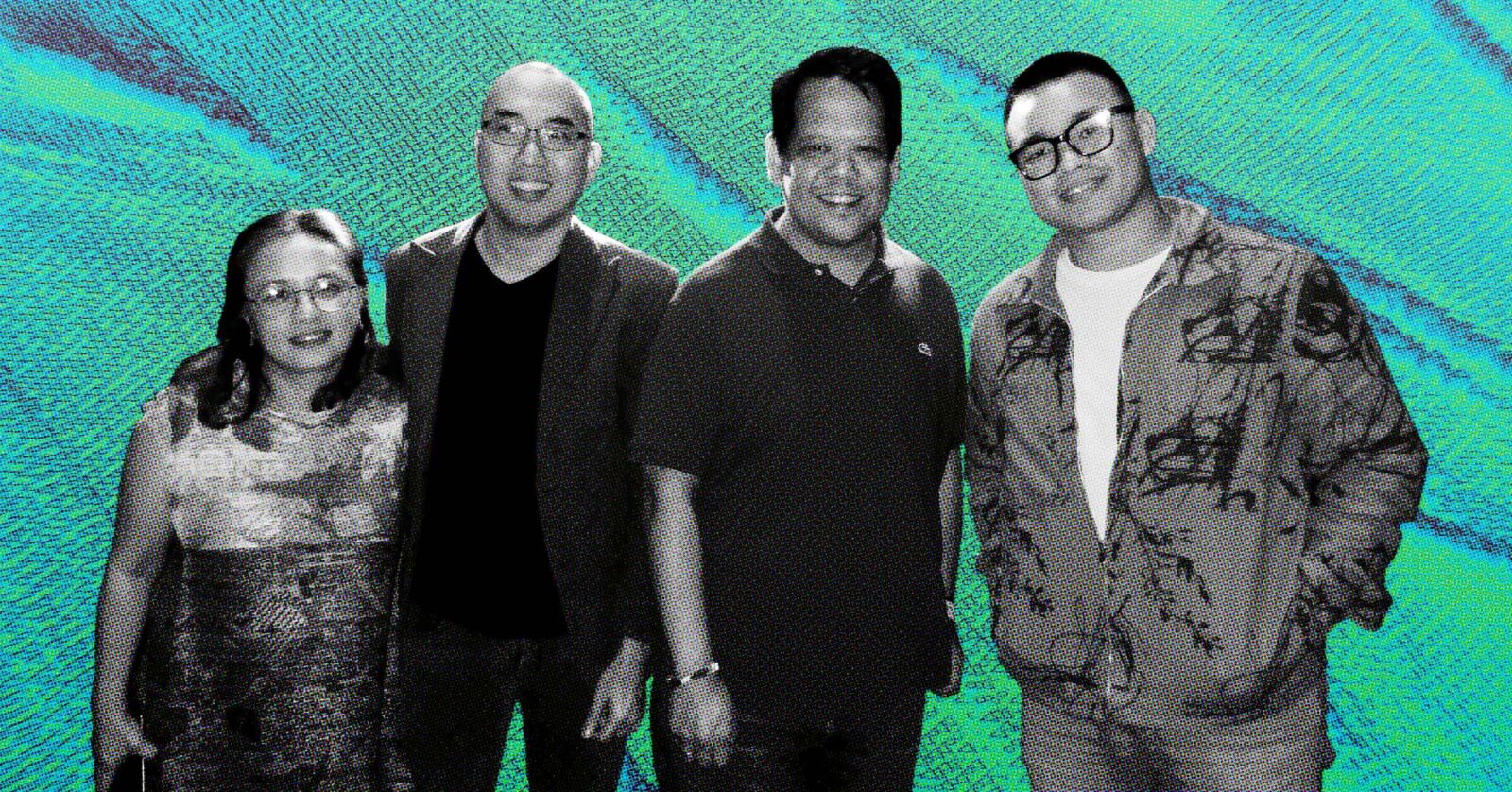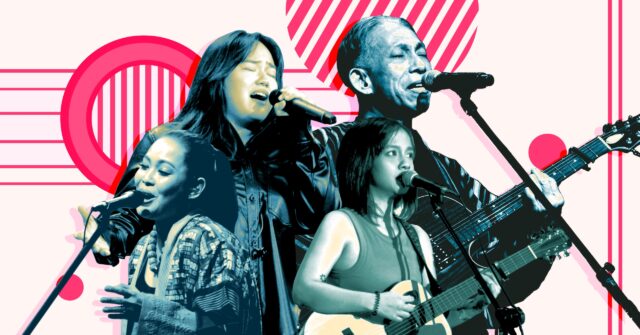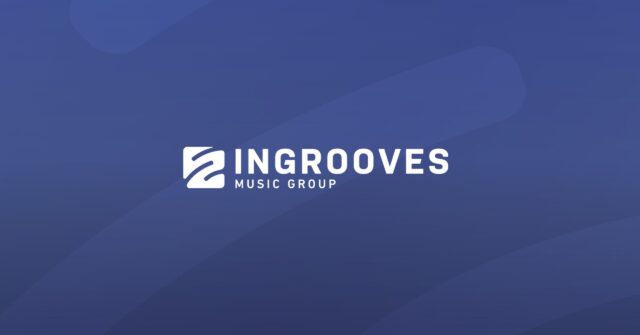Whether we like it or not, AI has begun to seep into the very fabric of our daily lives.
Its presence comes in the little things, such as the algorithm programmed to track what content we consume on our ‘For You’ pages, but also with bigger issues like the prevalence of ChatGPT and other AI programs replacing a number of artists and individuals in varying fields of work.
Specifically in the music industry, one might already be exposed to AI covers of famous artists performing songs penned by other musicians. At the same time, some have the vocal likenesses of these artists performing entirely new material. One of the most prolific cases would probably be that of Drake and The Weeknd’s voices being replicated by TikTok user and producer ghostwriter977 for “Heart On My Sleeve” –– which had garnered millions of views and streams online prior to being taken down for copyright claims.
Issues like these only further the heated debate regarding AI’s role in the industry, which is what makes it such a complex matter to unpack in its entirety. But now, AI is only beginning to trickle its way into the Philippine music scene. As we anticipate its arrival, music producers Thyro Alfaro, Gino Cruz, and Marlon Barnuevo discuss their thoughts on the impending impact of AI on Filipino music in a panel that occurred at last month’s Pinoy Playlist Music Festival (PPMF), looking at what changes — positive or negative — it could bring for the future of the music industry.
Tinkering Around With AI
In talking about their individual experiences with AI, Thyro begins the discussion by talking about how he uses such programming to generate vocals when producing his own music. “In times when I need to submit something, I just sing the song myself and I use the AI voice to transform it into another voice, then I find the singer afterward.”
However, he mentions that he’s too afraid to touch anything like what ghostwriter977 did, only using copyright-free voices in his work. Yet even with the more simple voices that he uses, Thyro notes an eerie observation that shows how fast technology progresses in a short amount of time. “[Nowadays], AI voices get to capture the nuances and slight breaths that make it catch up with the real ones.” he cautions.
Banuevo shares that in his line of work, he hasn’t gotten to use much AI except for isolating the vocals of an artist on a song. He mentions the convenience of using this to separate the vocals from the track’s instrumentals, given how it has changed his process of listening to artist demos. “Now, instead of asking for two sets of demos, I can effectively separate the voice [from the music] with AI, plus it’s free for me to use. It’s also clear and surprisingly makes vocal harmonies that sound good to the ears.”
Though it’s helpful for him, he adds that it doesn’t necessarily mean he uses it all the time. “I’m surrounded by a lot of purists who share split views on the use of AI, so I guess that’s why I tend to follow the non-AI approach and get used to analog mixing. I’m fine without using it, really,” he says.
On the other hand, Cruz shares similar sentiments with Thyro –– mentioning how his use of AI for vocals works to reach the higher notes that he couldn’t reach when singing. “I usually use it for the demos I send to singers, so it can be used as a good guide for the singer so they can still put their own interpretation to it,” he says.
Aside from that, Cruz dabbled with the use of AI in the mixing process, using it to learn the EQ curves of whatever track is played back to him, so he gets to adjust his work in real-time to get a more consistent sound. “If I use normal EQ [without AI]. it takes absolutely forever to get a more consistent sound. So I guess I really like AI in learning the curve and knowing where it needs to be adjusted in real time.”
The Pitfalls of AI In The Creative Process
But as useful as AI can be at times, there are still aspects in which it is severely lacking in terms of quality. “I would never ask it [AI] to write lyrics to a song because it won’t be me. I won’t ask it to make a melody or anything creative, not just because it’s not my work, but because the quality is not on par with what a real person with real experience can create,” Cruz adds.
However, Thyro mentions that the unfortunate truth lies in the reception of the audience. “The listener doesn’t care who made it at the end of the day, as long as they’re enjoying the music.” Banuevo adds to this, saying “Only a few care about the interest [in music] and planned obsolescence, because everything is disposable now.”
He continues “Hits don’t have longevity because there is always something next, yet sadly, people seldom care about what is next. In the end, consumers don’t care at all.” Cruz acknowledges this but offers a counterpoint that should be considered. “Yes, the listener doesn’t care, but my only enemy would be myself. Because if it isn’t me making it, it won’t be enough.”
Nevertheless, the three of them all agree that AI can still be useful. “As long as AI isn’t used in the creative process and with the production process instead, it can help a lot. Whether it’s something that needs to be sung, or what beats to make, I know what to ask [na] because it makes things faster, takes away dizziness, and is very convenient. The production process time is saved” Cruz says. Banuevo also adds, “There are shortcuts to achieving quality work [with AI], but there are still no shortcuts to delivering excellent forms of art.”
Shortcut or not though, there is still the collective sense of wariness that AI’s presence still leaves on members of the industry. Cruz tells us the sad reality seen nowadays, stating “Drummers, bass players, and orchestras have lost jobs in the studio because AI is sometimes just as good as they are nowadays.” The deep learning abilities of such forms of intelligence push the limits of human capabilities at times, making it both harder for us to catch up with them and difficult to identify if it was AI who created it or not.
“No one can debunk or contest if I claim I made a song, even if I used AI in making it,” says Thyro. Though sometimes it may lack the heart and soul of music created by real artists, he further reemphasizes his point saying; “The right people, the composers and arrangers, aren’t using AI yet. Once you have someone who knows how to really make music use it, then the AI can learn and it will elevate the process from there.”
Cruz questions, “Does the problem rely on the person who used AI to do this? It’s an ethics dilemma, to see if kayang gawin [they can do it] and more, it’s your conscience and character that suffers because the consumer will never really know if you did that,” he concludes.
Moving Forward With AI
In order to address such problems, they concur that we, as humans, have to hold each other accountable. “Humans are bad with self-regulation, so we have to regulate one another,” Thyro states. “In science, peer review is their form of regulation, and it helps them give them a prestigious form of acknowledgment. A system must be put in place to hold each other accountable, and that should apply to art and artificial intelligence,” Banuevo shares.
To conclude their panel, each of them shared a set of parting words –– making peace with the reality that’s already sitting right in front of us. With whatever future lies ahead of us following all these observations and revelations, there is one thing that is certain.
“AI is here and will be here [with us] for years,” Thyro states. “Let’s be friends with it, but let us also get to know it, adapt to it, and then learn how we can deal with it.”
Cruz concludes his thoughts, stating “We have to know if we can pull the plug on these things, even if it means we have to shut off all the power. If AI can tell me about the taste of crispy pata (deep fried pork leg), that’s when we can talk.”
“Let us keep our minds open,” Banuevo shares. “Whatever our decisions and stands we have on AI, we [just] have to keep our minds open. Our love for doing analog should be for the passion and not just because it’s against AI because if used properly, we can still look and use AI as a tool.”


